The value of the coastal defense system in the Nguyen Dynasty in Da Nang, traditionaleducation against foreign invaders in schools through heritages related to the Mau Ngo War (1858-1860) or solutions for managing, preserving and promoting the value of heritages related to the Mau Ngo War associated with tourism development... are the contents that researchers and scientists focused on discussing at the scientific seminar "Preserving and promoting the value of heritages related to the Mau Ngo War 1858-1860" organized by Da Nang Museum on August 30.
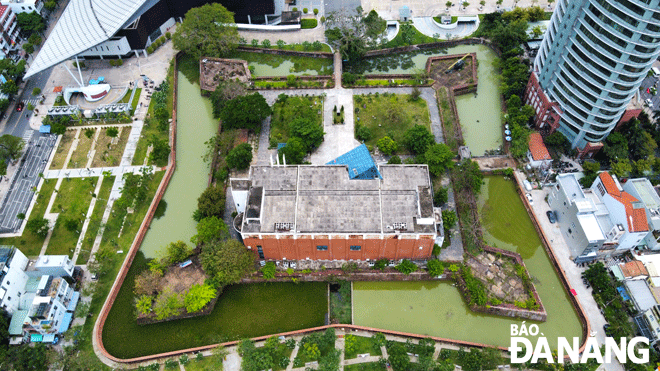 |
| The special national relic of Dien Hai Citadel holds great value associated with the resistance war against the French-Spanish coalition of the army and people of Da Nang . Photo: XUAN DUNG |
Protecting the legacy of our ancestors
According to the Da Nang Museum, there are currently 89 ranked relics in the city, including historical, architectural, archaeological and scenic sites. Of these, 5 relics are related to the war against the invasion of the French-Spanish coalition (1858-1860), including: Dien Hai Citadel, Phuoc Ninh Cemetery (Hai Chau District), Hoa Vang Cemetery (Cam Le District), Hai Van Quan and Nam O Cemetery (Lien Chieu District). In addition, there are 3 relics in the inventory list, including: French-Spanish Cemetery (Son Tra District), Chan Sang Fort and Dinh Hai Fort (Lien Chieu District).
According to researchers, these are all relics of special value, places that preserve memories of the resistance war not only for Da Nang but also for the whole country. Over the years, the city has made great efforts to preserve, conserve and promote the value of these relics. Among them, Dien Hai Citadel with its majestic scale and great historical value has been preserved relatively intact by the city to this day.
According to People's Artist Huynh Hung, former Director of the Department of Culture and Sports , Dien Hai Citadel has a history of 200 years of construction (1823-2023) and exactly 165 years of being a "witness" to a historical period of the nation, associated with the brave spirit and countless blood and bones of our predecessors in the cause of fighting foreign invaders and protecting the Fatherland.
Therefore, preserving Thanh Dien Hai Citadel to contribute to promoting tradition and educating history for the current and future generations is extremely necessary. It is not only our responsibility but also our morality today. “For unclassified relics related to the Mau Ngo war, we must quickly research and have a full scientific basis to protect the heritage left by our ancestors, not allowing the violation of the relics to occur,” Mr. Huynh Hung emphasized.
Regarding this issue, researcher Ho Xuan Tinh, member of the Executive Committee of the Da Nang Cultural Heritage Association, said that relics related to the Mau Ngo war that are scientifically restored and aesthetically created will contribute to attracting tourists to visit and learn about local history and culture.
However, before renovating and restoring these structures, it is necessary to consult written documents and drawings related to the ancient Hai Dien Citadel, survey the foundation traces of previous structures, and also refer to structures with similar architecture and the same period in Vietnam to have an accurate restoration design. Restoration is only carried out when there are sufficient documents, evidence, and scientific basis. If we are not sure but still restore the structures that have disappeared, it is no different from violating the relics.
According to Director of the Department of Culture and Sports Pham Tan Xu, with the responsibility of being an advisory body to the City People's Committee, the department is making every effort to preserve and promote the value of cultural heritage related to the Mau Ngo war in particular and heritages in the city in general.
In particular, the department identifies an immutable principle that must preserve the core cultural values of the heritage. Therefore, the department's viewpoint is to find, research, and identify the original elements before implementing the restoration of the relic. Thereby, preserving the historical value, inherent cultural elements, ensuring the preservation and promotion of the relic in harmony with the sustainable development of the city.
Promoting heritage values
According to researchers, cultural heritages related to the Mau Ngo war are not only tourism resources but also documents for educating the tradition of patriotism and resistance to foreign invasion in schools.
Mr. Nguyen Quang Trung Tien, former Head of the History Department of the University of Sciences (Hue University) said that after 165 years, the structures belonging to the defense belt of Da Nang Bay have disappeared for many reasons, except for the Dien Hai Citadel relic. The developments of the war in the past are difficult to imagine, not easy to grasp if only relying on words on paper, books and difficult to attract readers.
Therefore, contemporary maps and images of this defensive belt need to be collected, filtered and built into systematic exhibitions about the war, with the real remaining relic center being Dien Hai Citadel. In addition, it is also necessary to build easy-to-understand and vivid video clips with emotional visual materials, to educate the younger generation about a heroic period of the nation's history on the land of Da Nang; or to use for promotion in sightseeing and tourism activities in Da Nang, both domestically and internationally, to promote the historical value of this victorious war of national defense.
Regarding the issue of traditional education, Mr. Vu Hung, former Deputy Head of the Standing Committee of the City Party Committee's Propaganda Department, said that the historical event of 1858-1860 has been included in the history curriculum in general schools and the history and local culture education program for city students. He suggested that the city's education sector should organize for students to visit one or several allied cemeteries before gathering at Dien Hai Citadel to listen to explanations about the architecture of the citadel and the developments of the historic battle in the city.
This visual education will help students feel more deeply and vividly about history, fostering pride in their homeland and country. In addition, the tourism industry needs to promote and encourage tourism businesses to turn the cemetery relics and allied cemeteries at Tien Sa port, especially Dien Hai Citadel, into destinations in tourist itineraries in Da Nang, or into historical-cultural tours, to attract tourists. "The architectural and historical value of Dien Hai Citadel is very valuable, it is the only remaining Vauban citadel compared to other localities (except for the Nguyen Dynasty capital in Hue)", Mr. Hung emphasized.
According to the Chairman of the Da Nang Historical Science Association, Bui Van Tieng, the core of education on the tradition of fighting foreign invaders in schools must start from general schools. In particular, schools need to organize field trips for students to Dien Hai Citadel and Hoa Vang Cemetery; organize effective teaching and learning based on local educational documents of Da Nang city according to the 2018 general education program; organize students to participate in the activity of "finding lost red addresses" to search through archives and conduct field surveys to determine the specific locations of defense bases from the same period as Dien Hai Citadel that no longer have any traces, such as: An Hai Citadel, Dinh Hai Fortress... This is the basis for the city's relic management agency to erect memorial steles. In addition, the application of information technology is also a solution that needs to be given due attention to modernize the education on the tradition of fighting foreign invaders in schools through the heritage related to the Mau Ngo war.
FATE
Source


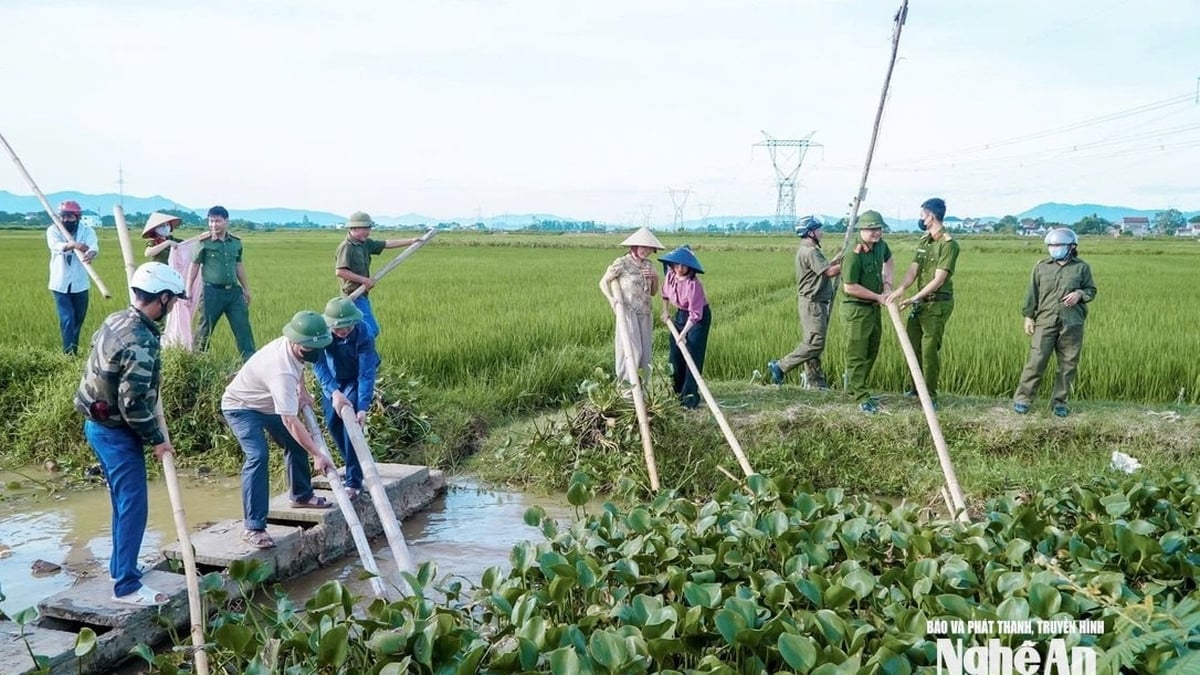
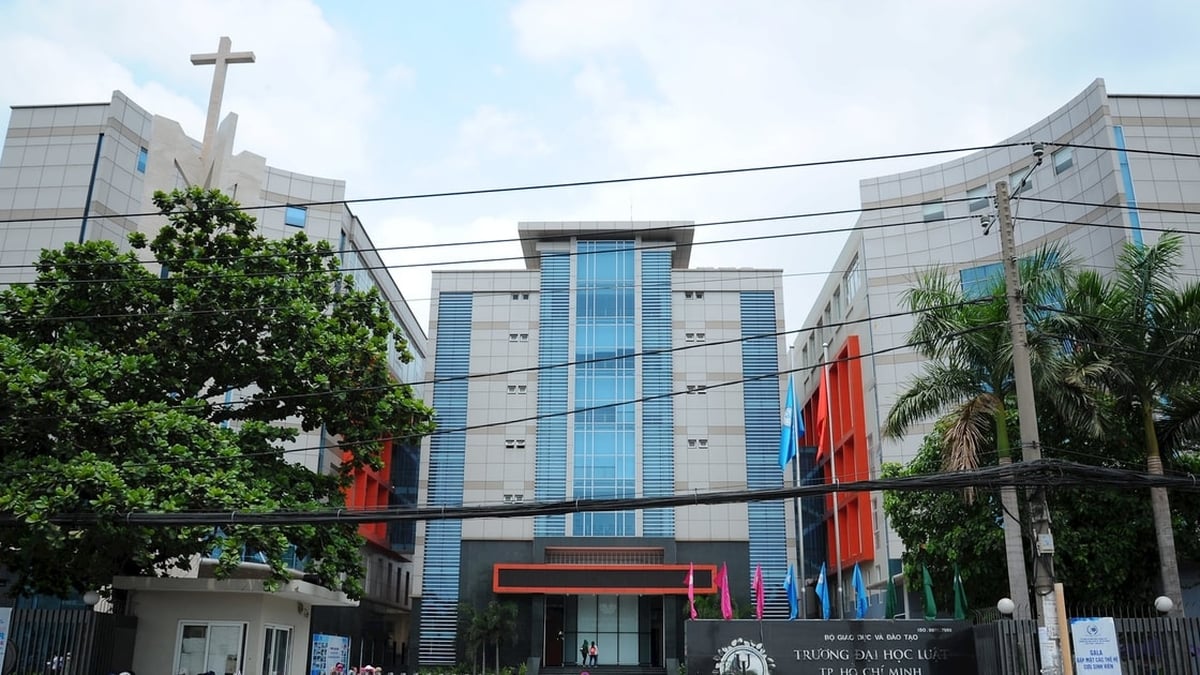


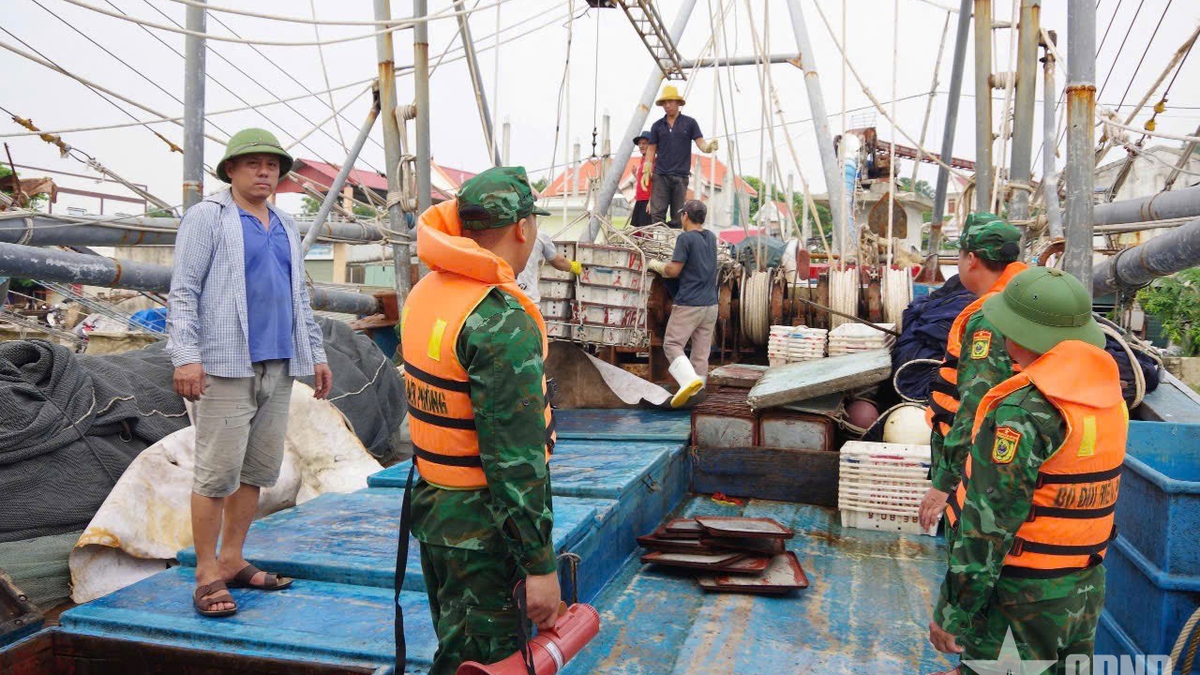
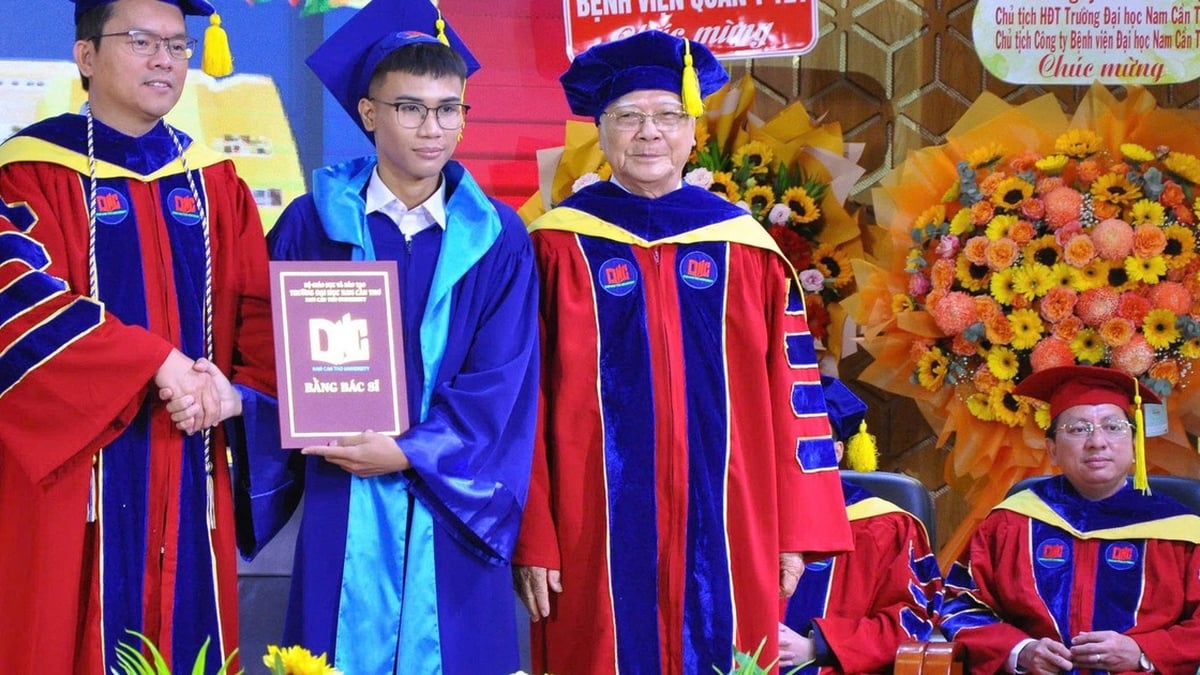
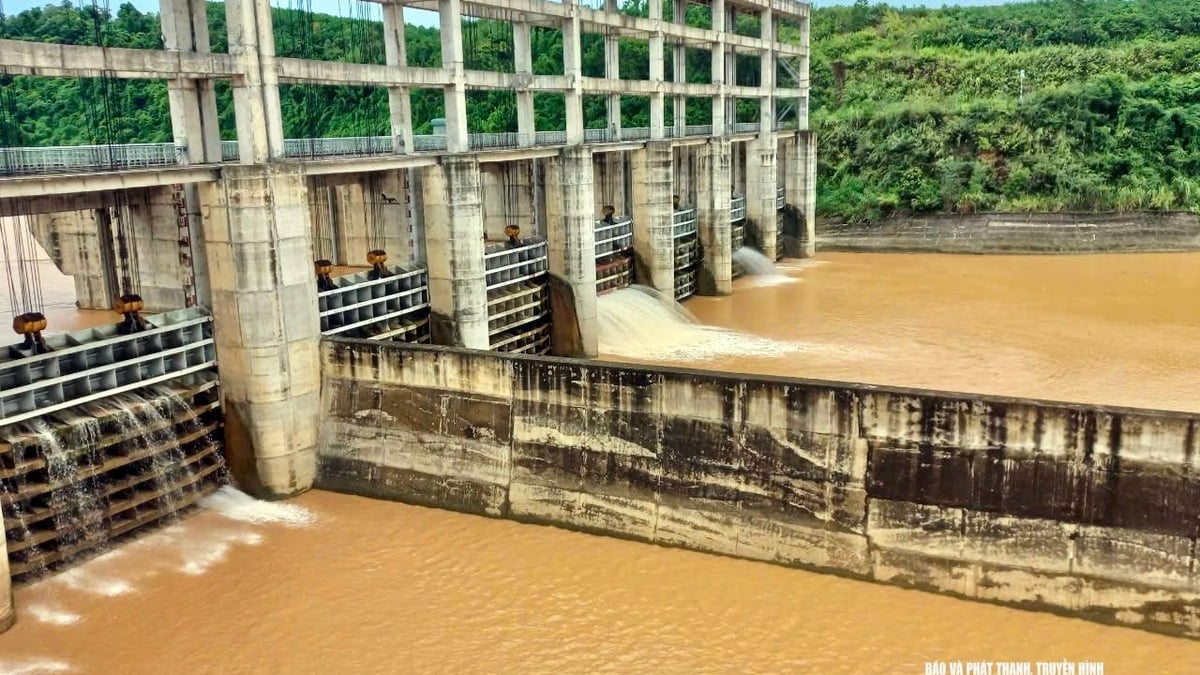
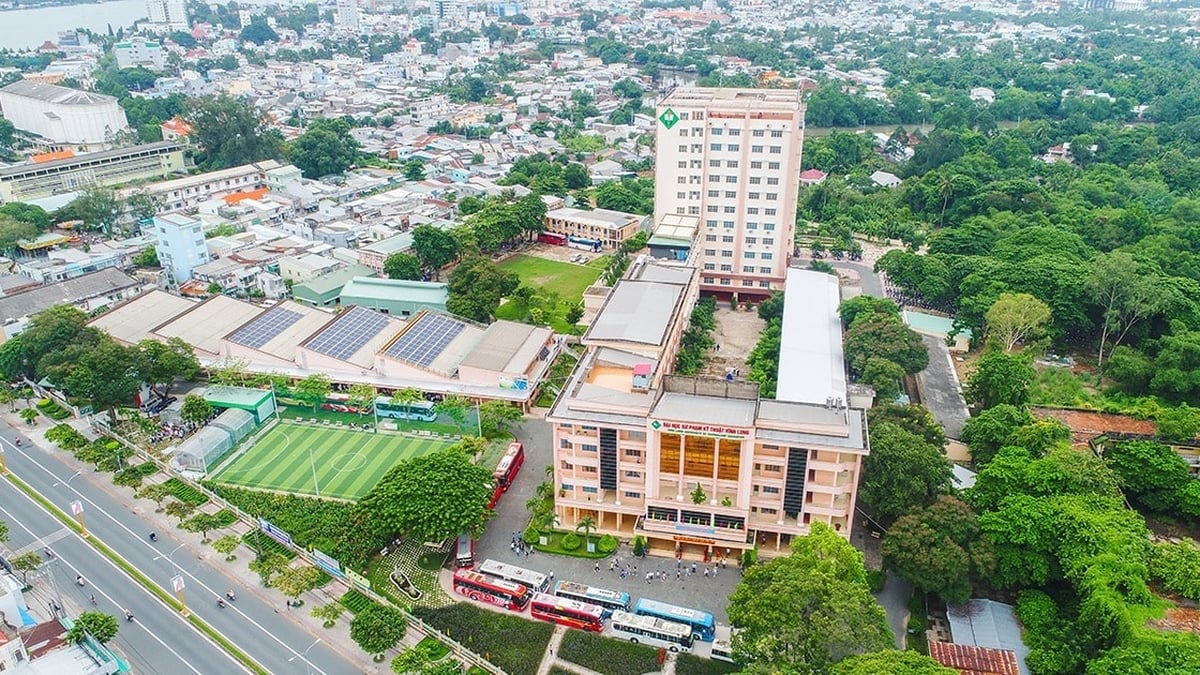

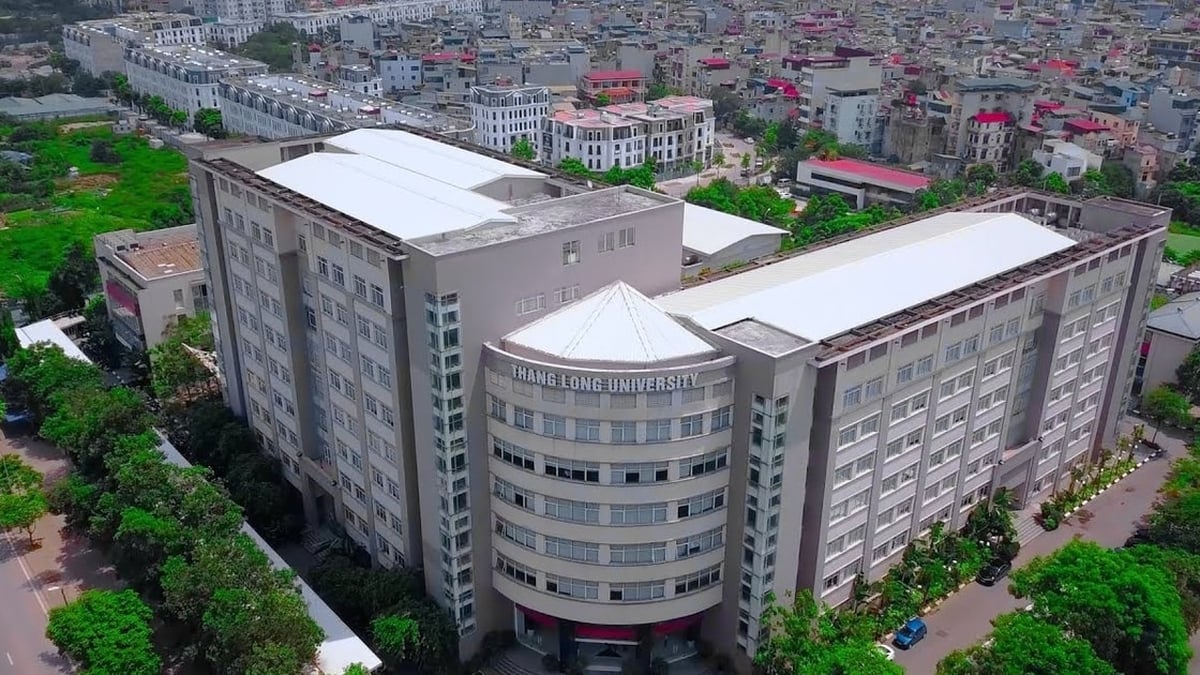













![[Photo] National Assembly Chairman Tran Thanh Man visits Vietnamese Heroic Mother Ta Thi Tran](https://vphoto.vietnam.vn/thumb/1200x675/vietnam/resource/IMAGE/2025/7/20/765c0bd057dd44ad83ab89fe0255b783)








































































Comment (0)